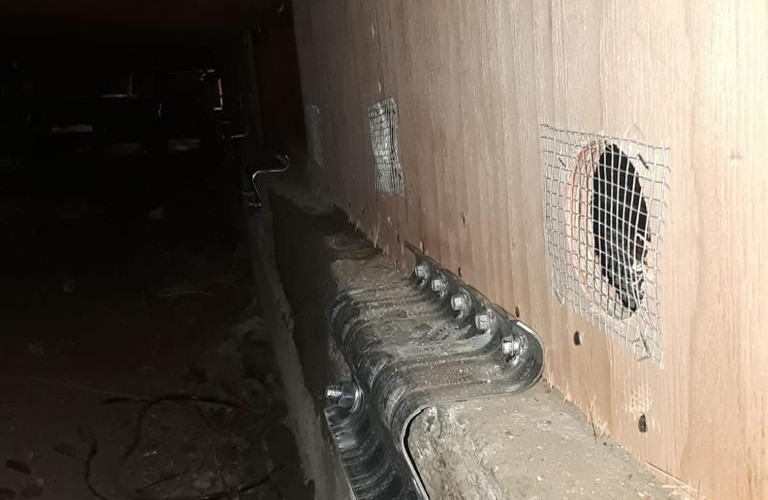All About Earthquake Retrofitting
- Ram Sabban

- Nov 6, 2022
- 2 min read
Updated: Mar 2, 2023
If you live in Los Angeles, California you know that we are prone to earthquakes any second. This may cause many people to feel unsafe anywhere they go including their own homes. A way to help this is to make your home safer by seismic retrofitting it. Now you’re probably wondering what is seismic retrofitting. Seismic retrofitting is the alteration of existing structures to make them more resistant to seismic activity, ground motion, or soil failure caused by earthquakes.
With over 35 years of combined experience with brace and bolting, Sunshine Builders . has been shoring up commercial buildings & residential buildings in Southern California since 2015. We are more than ready to retrofit your house if you want to feel safe. A house is seismically retrofitted or earthquake retrofitted to stop displacement from the concrete base of the building. As a result, a building is safer and less prone to sustain earthquake-related damage.
Single-family home retrofits are among the least expensive seismic upgrades available. Older homes can be strengthened with a seismic retrofit to reduce the possibility of expensive earthquake damage, potentially saving you tens of thousands to hundreds of thousands of dollars in repair costs. Benefits: •. Retrofitting your home will raise its worth • Homes that have been properly retrofitted increase both the resident's and the house's safety in the event of a seismic event • Will save 10% - 15% on insurance when a house is retrofitted • Most insurance companies need seismic retrofitting to qualify for a policy Cost: While there is no set price for earthquake retrofitting a home, the typical range is $3,000 to $7,000. Retrofitting larger homes, those constructed on hillsides, and those with basements or rooms over garages will often cost more. Can my house get seismic retrofitted? California Earthquake Authority (CEA) stated that older metal houses built before 1980 have to mandatory apply to retrofit solutions to safeguard their houses.
Earthquake specialists claim that homes built before 1980 are more susceptible to damage from earthquake shaking since they were constructed before current seismic building rules were implemented. How is seismic retrofitting done? Usually, new structural walls or the addition of cross braces are used to accomplish this. The use of base isolation technologies and/or additional damping to reduce the seismic demand. The local capacity of structural elements should be increased. A full retrofit typically takes one week. It will take longer to finish larger homes or homes where finished walls need to be opened and closed for work access. Rarely do retrofit projects go longer than two weeks.






























This post is a timely and essential read for anyone living in earthquake-prone areas like Los Angeles. Your clear explanation of what seismic retrofit entails—and why it matters—really drives home the importance of proactive safety. At Strong Home Builders, we specialize in affordable seismic retrofits near me that help homeowners strengthen their foundations and protect what matters most. As experienced renovation contractors, we know that peace of mind starts with preparation—and the right retrofit can make all the difference when the ground starts to shake.